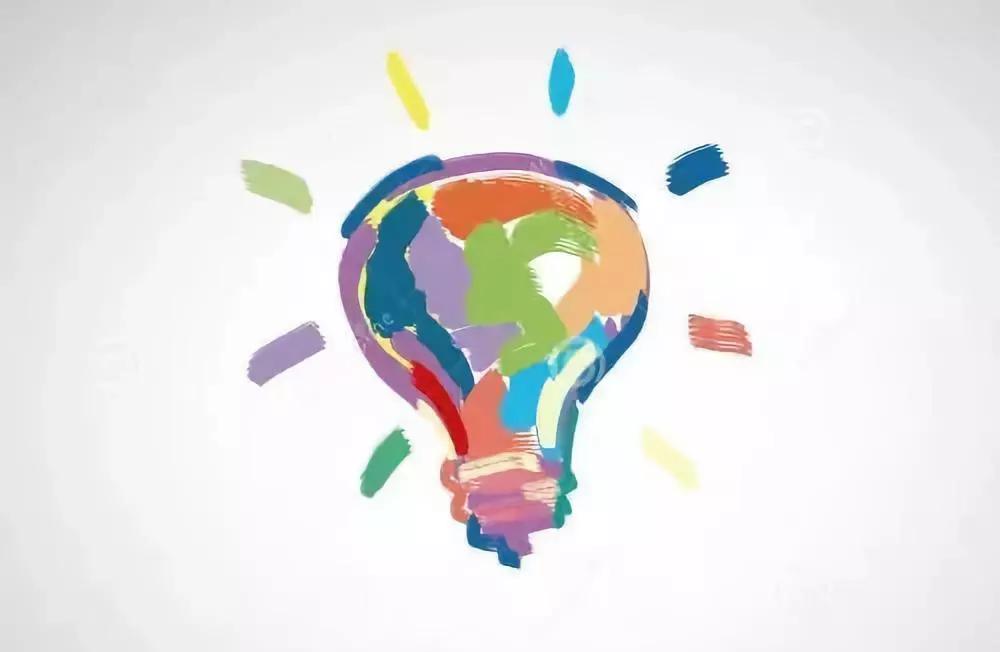At present, the examiner judges that the more creative and operable method is the three-step method: (1) determine the closest existing technology; (2) determine the distinguishing technical characteristics of the invention and the technical problems actually solved by the invention; (3) Determine whether the claimed invention is obvious to those skilled in the art.
However, not all inventions obtained through logical analysis, reasoning, or experiment based on the existing technology are obvious. It is easy for the parties to make post-mortem analysis based on reading the application documents. Therefore, One cannot simply use "a logical analysis, reasoning, or limited experimentation that can be obtained by the three-step method" and arbitrarily draw the conclusion that the invention is obvious.
Because the examiner reads the application document and the comparison document based on the technical solution itself and performs logical analysis and reasoning that the invention of this application document is based on the comparison document, it is obvious that the examiner sometimes overlooks the problems found and the problems raised. Itself is also an important indicator for judging creativity, and erroneously concludes that the application is not creative.

I personally believe that when none of the documents retrieved by the examiner disclose the technical problems to be solved by the present invention in the prior art, you can start from "recognizing that the technical problems to be solved by the invention have exceeded the ability or level of those skilled in the art. "From this point of reasoning.
The examiner just uses a three-step method to evaluate creativity. It is worth mentioning that the three-step method is only the most commonly used method in creative judgment, rather than the only method. For the creative judgment, personal feelings should be more flexible.
Determining the distinguishing technical characteristics and the technical problems actually solved by the invention is the second step in the “three-step method”. It plays a key role in the determination of the obviousness of creativity and has a direct impact on the conclusion of creativity review. Since the determination of the "technical problem actually solved by the invention" requires the case personnel to make a comprehensive analysis of the composition and technical effect of the invention and the closest to the existing technology, it is more prone to subjective judgment errors. There are indeed some improper practices that deviate from the spirit of the "three-step method", and some of these improper practices directly lead to the incorrect conclusion of the creative review. That is to say, if, in the creative review, the technical problem is disregarded, only one-sided attention is paid to distinguish whether the technical feature itself is recorded in other existing technologies, which will affect the accuracy of the result of the creative judgment.
In particular, in the second and third steps of the three-step method of creative judgment, it is necessary to determine the distinguishing technical features of the invention and the technical problems actually solved by the invention, and to enable those skilled in the art to face the technical problems At this time, there is an incentive to improve the closest prior art and obtain the claimed invention. Since the above judgment steps are the judgment process performed by the examiner after understanding the present invention, these two steps only consider the motivation for solving the technical problem and the technical solution adopted, but they ignore the proposal or discovery of the technical problem. The non-obviousness involved. In many cases, the difficulty of an invention is to propose or discover a technical problem. Once the technical problem is clear, the solution may be very simple or obvious to those skilled in the art. At this time, simply applying the three-step method often leads to the wrong result that the invention is obvious.
Finally, to sum up, from the perspective of technical questions to answer the creative routine: "technical question answer search method", the method is as follows: in the three-step method after determining the technical problem in step (2), in step (3) When judging whether there is any enlightenment, preferentially search for the technical question and its answer determined in step (2), rather than searching for the corresponding distinguishing technical features; if you search for the technical question, you get the same or similar answer as the present invention , You should judge that there is revelation; otherwise, there is no direct revelation.
Author: Feng Jing Faculty of electrical high fertile intellectual property rights
Source: Beijing Gaowo Intellectual Property (ID: gaowoip-com)
Source: Beijing Gaowo Intellectual Property (ID: gaowoip-com)







